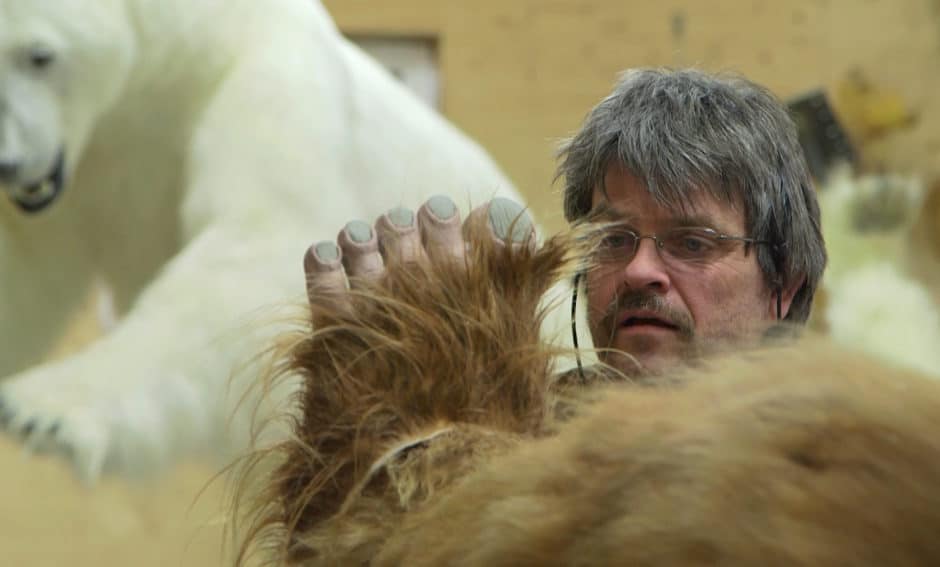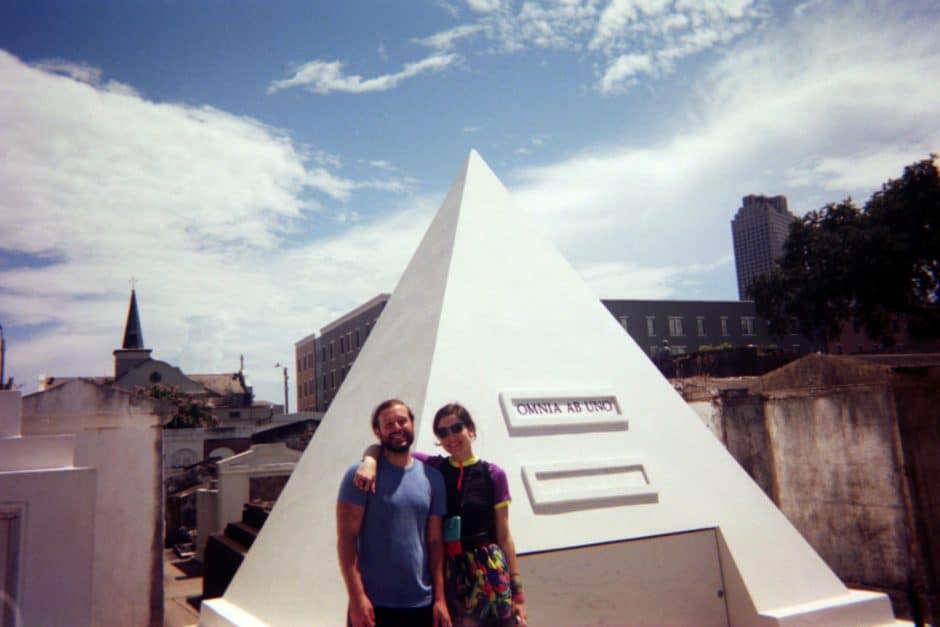When Ken Walker was little, he found a dead bird, broke it apart and put it back together. He carried a jar of bugs around because he wanted to open them up to see how their anatomy worked. Later, he became one of the best taxidermists on the planet, dead set on designing the perfect bigfoot. And then some Kansas City director came along and made a movie about that shit.
Big Fur is a documentary that takes you inside the world of taxidermy, giving you a sneak peak into the belly of the beast… often literally. You get to see Walker carve Bigfoot’s tummy out of Styrofoam, select the right fur from other animals to mimic Bigfoot’s pelt, choose the perfect glass eyes for a mythical hominid, and debate whether or not to add nipples. He’s doing all of this to enter his creation into the World Taxidermy Championship and win. He also thinks his fake sasquatch will someday lead him to a real bigfoot.
“There might be somebody someday that walks up and sees that model [of Bigfoot] and decides to give me what’s in his freezer,” Walker says. “That is my ultimate goal.”
“I’m positive that proof of Sasquatch already exists. I know there’s somebody out there that has something. I know for a fact. And I’m just waiting until I can get it,” Walker says in the film. “There might be somebody someday that walks up and sees that model [of Bigfoot] and decides to give me what’s in his freezer. That is my ultimate goal.”
The most important detail of this undertaking is that Walker hasn’t decided to create just any bigfoot, but the most famous bigfoot to ever walk the Earth: Patty.
Patty is the sasquatch from what’s called the “Patterson-Gimlin film,” a short movie recorded in 1969 by two dudes trekking in the wilds of Humboldt County. Some people think that it was staged as all get-out, and that the bigfoot in the film is just a guy in a monkey suit. Others, like Walker, believe it’s some of the best recorded evidence to date. But he didn’t always think this way.
At the film’s San Francisco Indie Fest premiere, Walker admits to a tumultuous relationship with Sasquatch. “I wasn’t a believer until I saw one myself,” Walker says, his thick helmet of graying hair hanging over his brow. “Actually, I wasn’t a believer even after I had an encounter. It wasn’t until people started coming into my shop and telling me stories, people I trusted, that I understood it was real.”






